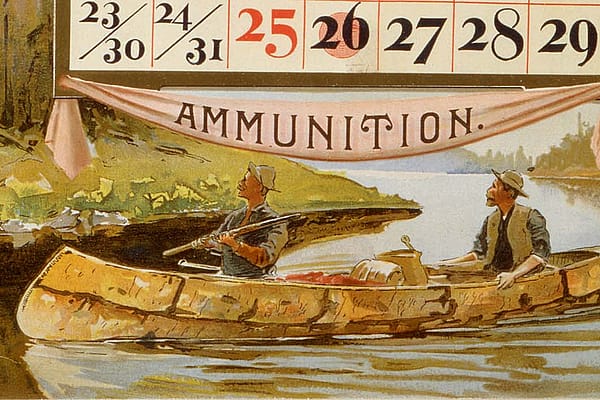
Treasures from Our West: Great gray owl
Originally featured in Points West in Summer 2008
Great gray (Strix nebulosa) owl specimen
Aristotle once said, “In all things of nature there is something of the marvelous.” Nowhere is that more true than in the Northern Rockies. Even the most spur-of-the-moment outing in the Greater Yellowstone region is certain to afford the outdoor enthusiast a variety of wildlife.
The Buffalo Bill Center of the West’s Draper Natural History Museum displays between 60 and 70 specimens of wildlife that orient visitors to what they can expect to see in the environs of Yellowstone National Park—including a great gray owl (Strix nebulosa) perched in an aspen tree behind a grizzly bear.
Owls are especially intriguing to people, and represent many different things to different cultures. The great gray owl is a rare sight in this region and is especially treasured by bird enthusiasts. It is an “earless” owl (i.e. no feather tufts on the head) that lives throughout much of the rugged forest in the northern U.S., Canada, and into Alaska. The Greater Yellowstone region is as far south as it is found.
Due to its thick and uniquely shaped feathers, the great gray owl appears larger than the more common great horned owl (a specimen also on display in the Draper Museum); the great gray usually weighs a little less and has smaller feet and talons. The great-horned owl regularly takes rabbits and domestic cat-sized prey, while the great gray focuses on mice and other small rodents. Wingspan for each species can range between three and five feet.
This great gray owl collided with a truck northwest of Cody. Scientific name: Strix nebulosa. DRA.304.78
Post 066
Written By
Nancy McClure
Nancy now does Grants & Foundations Relations for the Center of the West's Development Department, but was formerly the Content Producer for the Center's Public Relations Department, where her work included writing and updating website content, publicizing events, copy editing, working with images, and producing the e-newsletter Western Wire. Her current job is seeking and applying for funding from government grants and private foundations. In her spare time, Nancy enjoys photography, reading, flower gardening, and playing the flute.










